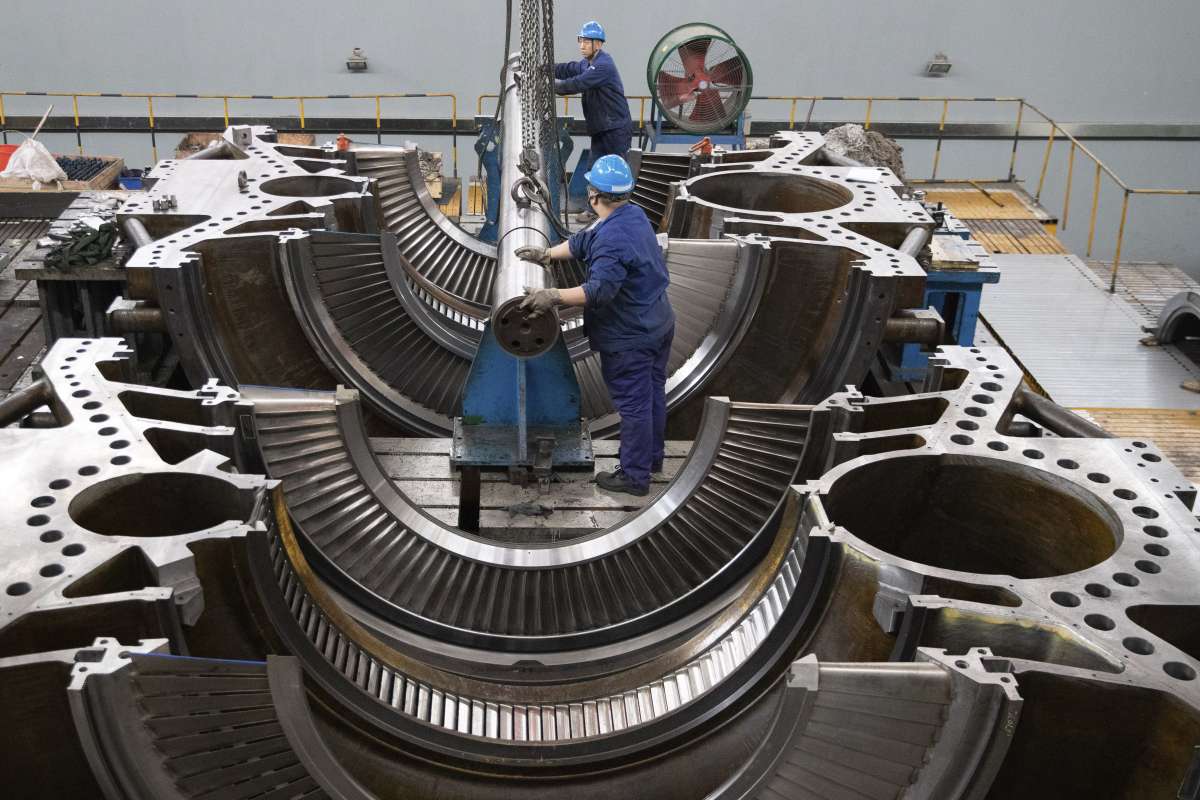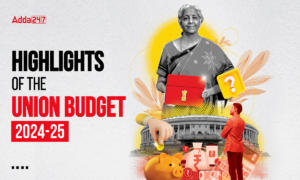In November, India’s manufacturing Purchasing Managers Index (PMI) exhibited a positive trajectory, reaching 56, a slight uptick from October’s 55.5. While still below the September figure of 57.5, this rise indicates a rebound from the slowest rate of expansion recorded in October since February. The PMI, a key economic indicator, maintains the 50-mark threshold, distinguishing between expansion and contraction.
Economic Growth and Manufacturing Activity
The encouraging manufacturing data follows the revelation that India’s economy expanded impressively by 7.6% in the second quarter, underscoring a robust recovery. The manufacturing sector’s improved performance is a noteworthy component contributing to this economic growth.
Easing Price Pressures:
Accompanying the rise in manufacturing activity is a significant alleviation of price pressures. Despite a rise in average purchasing costs, the inflation rate reached its lowest point in the past 40 months. The report highlights that inflation was negligible by historical standards. This easing trend is indicative of a favorable economic environment.
Factors Influencing Prices
The survey noted that manufacturers who increased prices did so in response to strengthened demand, driven by higher labor costs in November. Although rising costs led to higher selling prices, this increase was the most modest in seven months, suggesting a delicate balance in the pricing dynamics.
Inflation and Trade Balance
In October, retail inflation in India touched a four-month low at 4.87%, primarily attributed to a decrease in food prices. This sustained moderation aligns with the Reserve Bank of India’s comfort zone of 2-6%, marking the second consecutive month within this range.
Trade Deficit Concerns
Despite positive domestic economic indicators, India faced challenges on the external front. The merchandise trade deficit widened to a record high of $31.46 billion in October. Imports surged to $65.03 billion, while exports were at $33.57 billion. The persistent trade imbalance is influenced by a global economic slowdown, particularly in advanced economies experiencing tightening interest rates due to inflation concerns, which has led to a slowdown in global trade.
Important Questions Related to Exams
Q: What was India’s Manufacturing PMI in November?
A: India’s Manufacturing PMI rose to 56, showing a slight increase from October’s 55.5.
Q: How does this compare to previous months?
A: While an improvement, it remains below September’s 57.5 and indicates a moderate expansion in manufacturing.
Q: What’s the connection between manufacturing and economic growth?
A: The manufacturing uptick aligns with India’s impressive 7.6% economic growth in Q2, showcasing a positive correlation.
Q: How did price pressures and inflation fare?
A: Price pressures eased, with inflation at a 40-month low, mainly attributed to decreased input costs.
Find More News on Economy Here



 Union Budgets 2024-25 Related FAQs Quest...
Union Budgets 2024-25 Related FAQs Quest...
 Union Budget 2024-25: Complete Budget An...
Union Budget 2024-25: Complete Budget An...
 Key Highlights of the Union Budget 2024-...
Key Highlights of the Union Budget 2024-...
